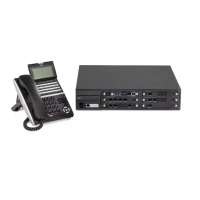Figure 6-4 Voice and Data Network Implementation
After the router is configured for QoS, it examines incoming packets and allocates a priority to the
packet. Figure 6-5 Priority Queuing on Voice and Data Networks on page 6-11 shows the affect
priority queuing has on voice and data networks. The packets arrive randomly. They are processed
and output according to the QoS policy. The VoIP traffic is output first.
Figure 6-5 Priority Queuing on Voice and Data Networks
To enable this type of queuing it is necessary to:
1. Configure the VoIP equipment to mark its packets with a specific value so that the switches/
routers can identify that it is voice – Called Marking.
2. Configure the network equipment to recognize the difference between the different Marked
packets – Called Classification. (i.e., informs the router what a voice packet looks like.
3. Configure the network equipment to give priority to the packets that have been classified as voice
– Called Priority Queuing.
6.2 Layer 2 QoS (802.1pq)
QoS is most commonly implemented at Layer 3 of the OSI model. This layer deals with IP addresses,
and is usually handled by Routers. However, sometimes it is necessary to implement Layer 2 QoS –
usually in large LAN environments with many IP phones.
ISSUE 1.0
SL2100
Networking Manual 6-11

